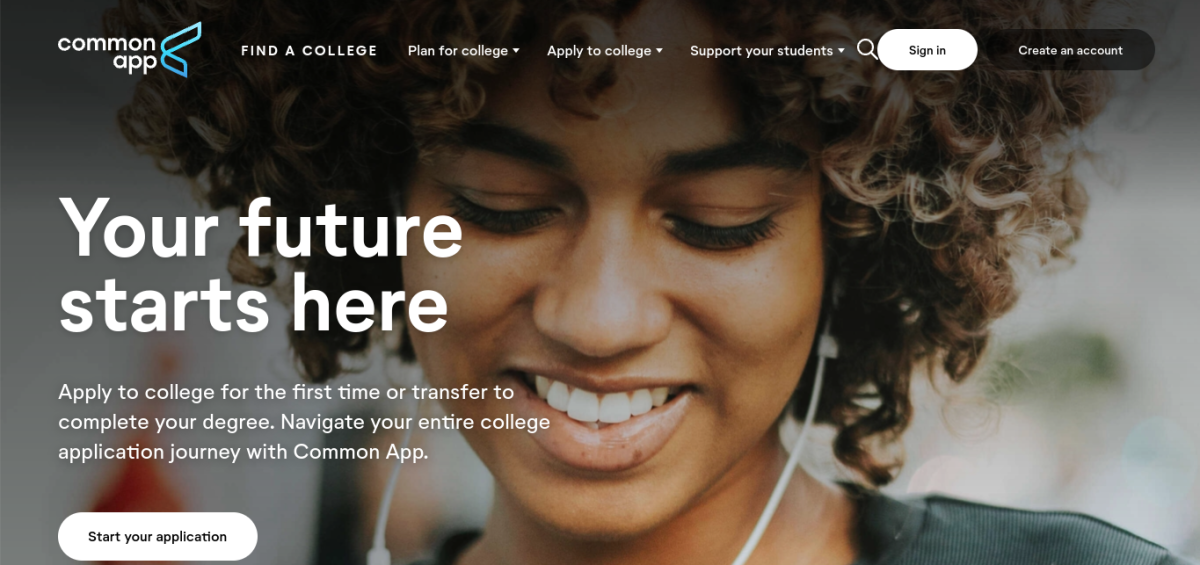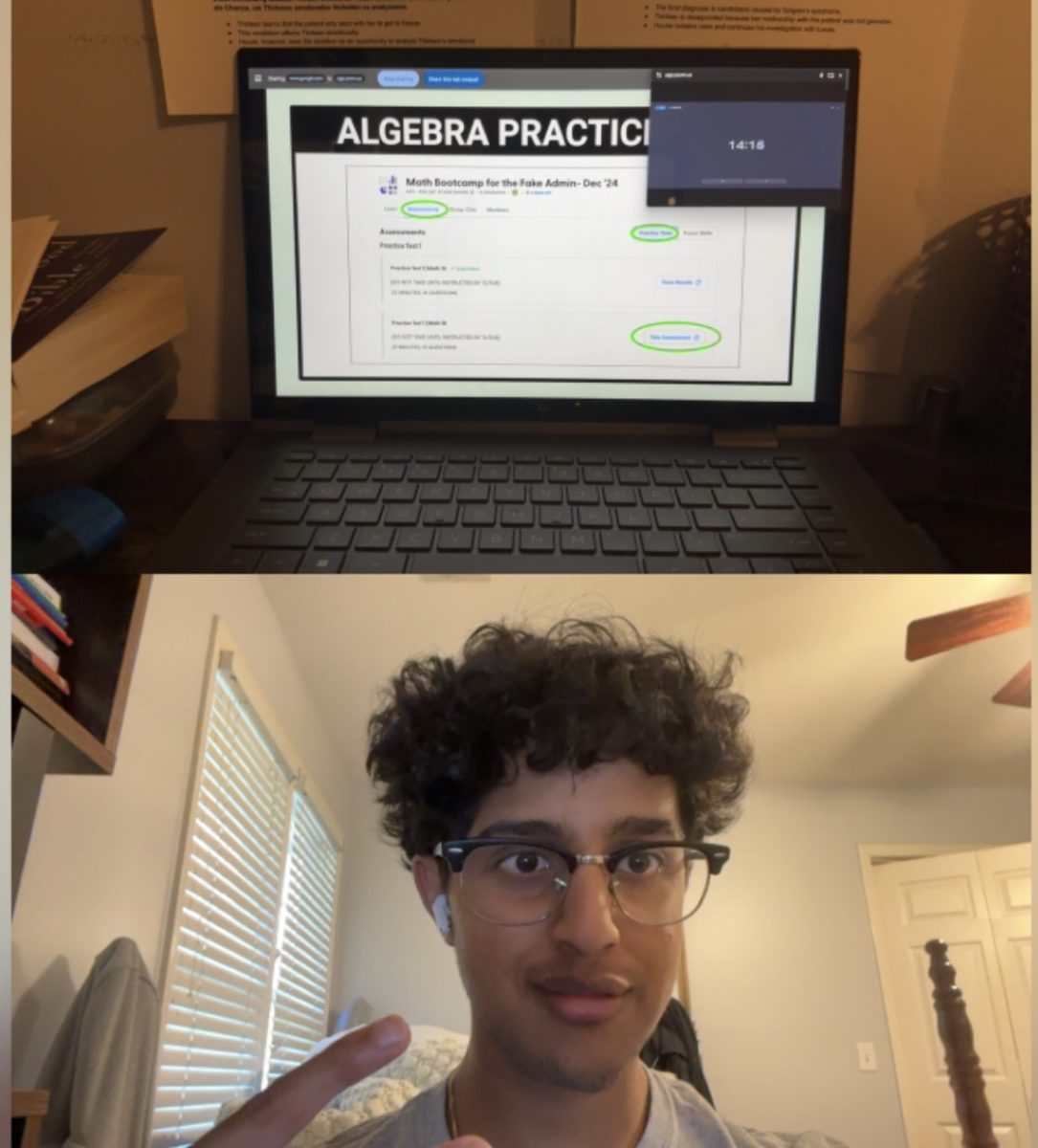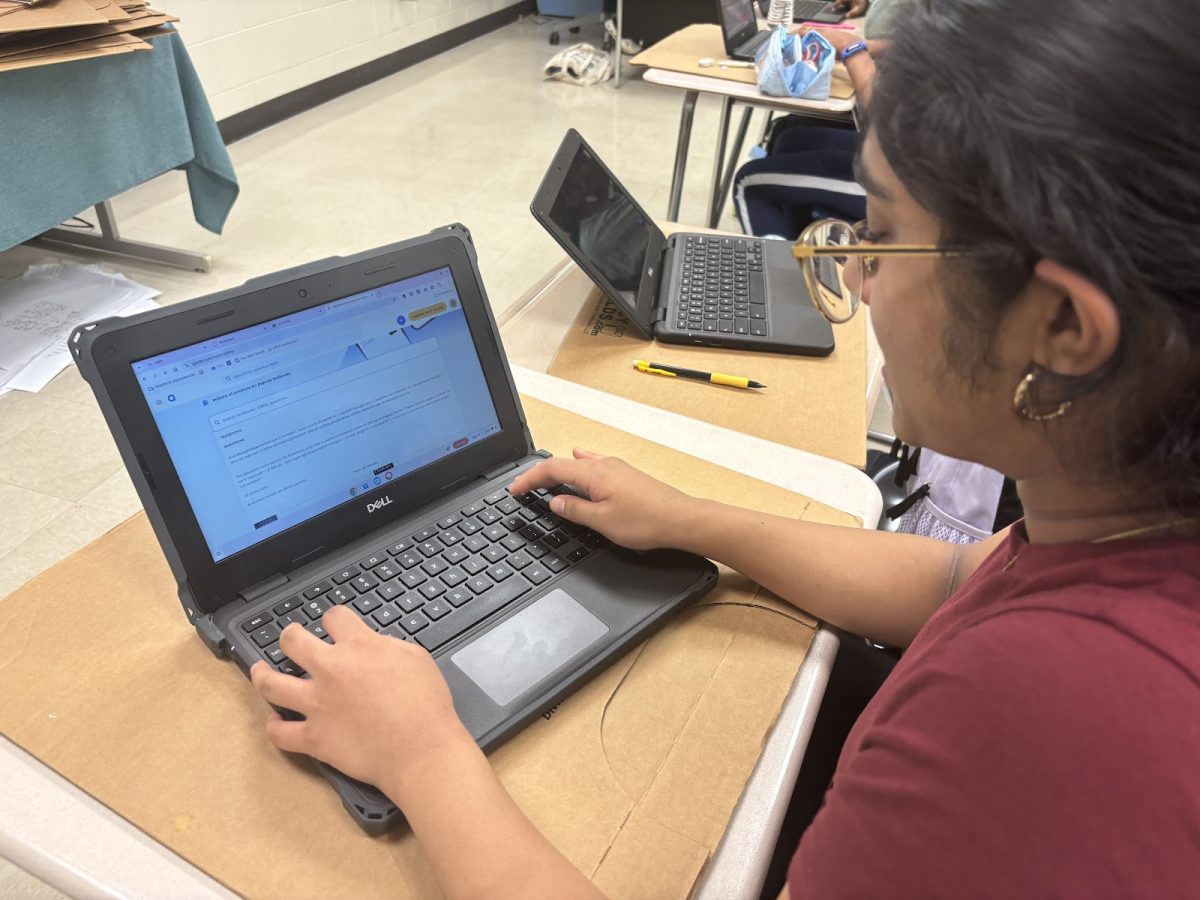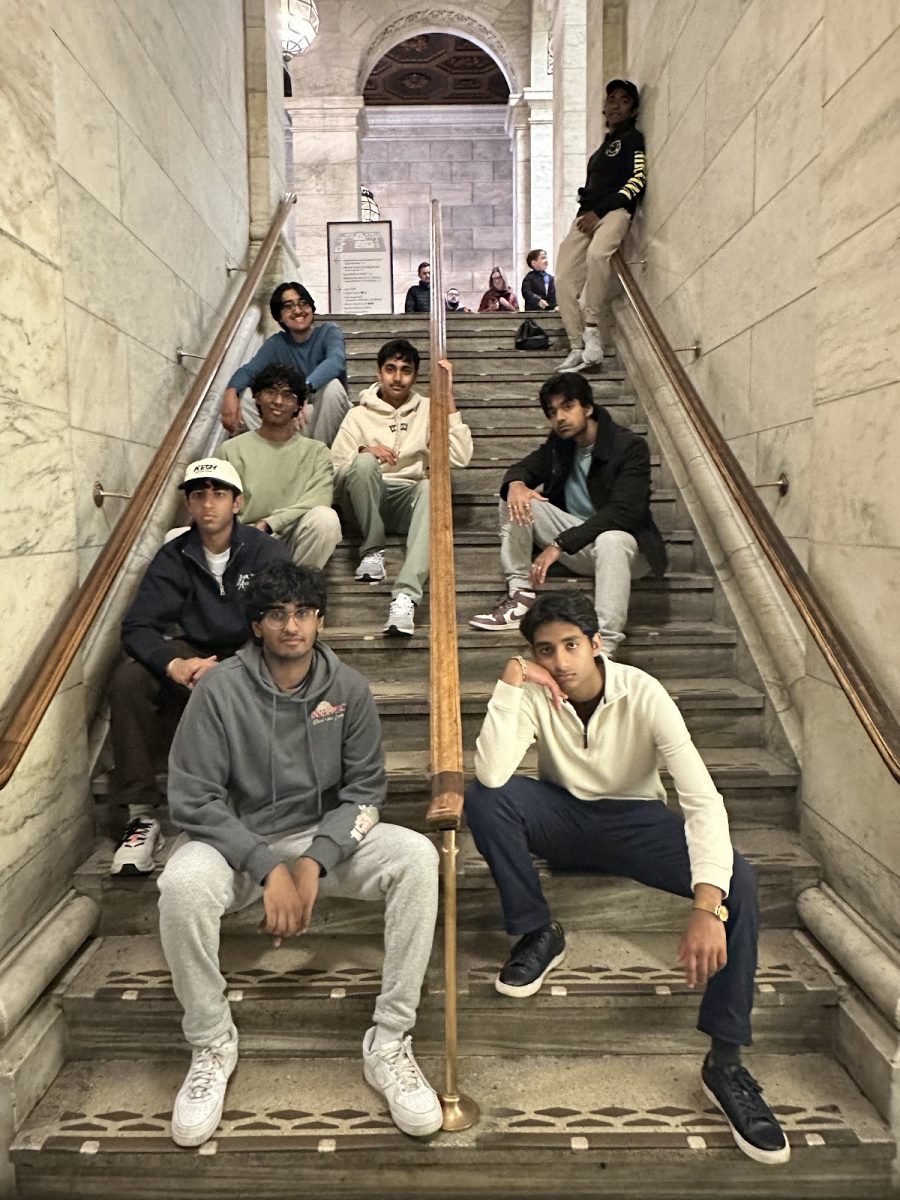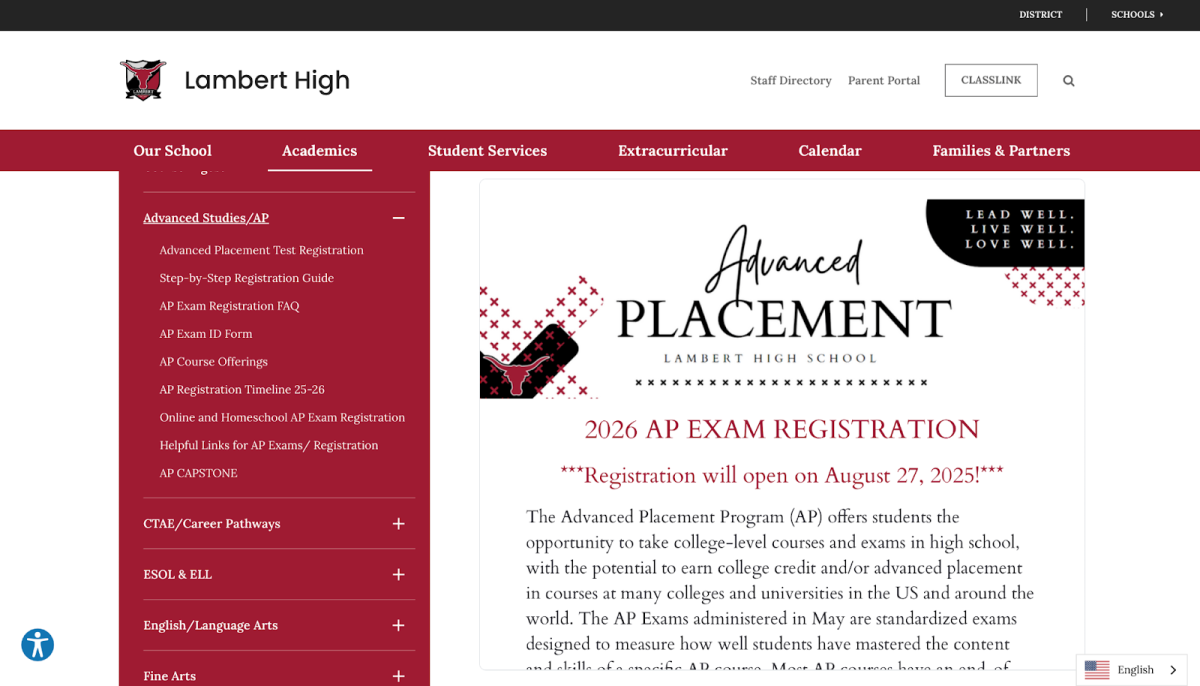The Common Application, commonly known as the Common App, is a staple in any senior’s college application toolbox across the nation. Millions of students use Common App’s streamlined interface to apply to colleges of their choice from a selection of over 1,000 institutions. Common App’s success comes from its massive selection of schools, its intuitive interface and its flagship feature: students only need to do an application once, and they can send it to almost any school of their choosing. However, the platform isn’t without issues, as the simple application can overlook the unique qualities or needs of individual applicants, or even be limiting for students.
“[The Common App] has a good user-interface, everything is easy to find,” Lambert senior Logan Byron said.
Byron’s experience reflects the platform’s success. Common App makes the grueling process of college application much easier, making it a great tool for students, especially those burdened with other responsibilities like extracurriculars and AP classes.
“I also like how it applies to multiple colleges in one go,” said Byron, “It’s not repetitive; it makes it a lot easier to do. Doing seven different colleges’ applications would be too much, but this really cuts it down.”
Before Common App’s establishment in 1975, college applications were a much more time consuming process. Students had to individually complete a full application for each college on their list, including a long essay for each school. Combining these applications into one was a logical step to save student’s valuable time.
However, Common App isn’t without its drawbacks. Notably, Georgetown, The Massachusetts Institute of Technology and the State University of New York, among other universities, are not included in Common App’s catalog. Busy students may be deterred from applying to a school of their choice if they see it will be extra work, meaning there’s a disadvantage to schools that choose to participate in the Common App. The Common App also can be limiting for some students, imposing strict word counts and excluding pre-high school accomplishments.
“The word count, especially in the main essay, is very limiting. With only 650 words I can’t really go into depth and show my personality,” Byron said. “You can’t appeal to colleges with it. It’s one essay for everything, so I can’t talk about what I like in a specific college.”
These limitations can make students feel like they aren’t getting the most out of their application, and not being able to fully show schools their personality can make the application season even more stressful than it already is.
Common App’s usefulness can compound its existing issues, as students feel like they have no choice but to use the dominant platform.The Common App should prioritize student self-expression in college applications, as many students may feel they lack alternative avenues to share their unique identities and experiences. While Common App has simplified the college application process in many ways, there’s room for improvement. Offering more flexibility for students to express themselves and tailoring applications to specific schools could make the platform even more effective, ensuring it not only streamlines the process but also allows students to showcase their individuality.



